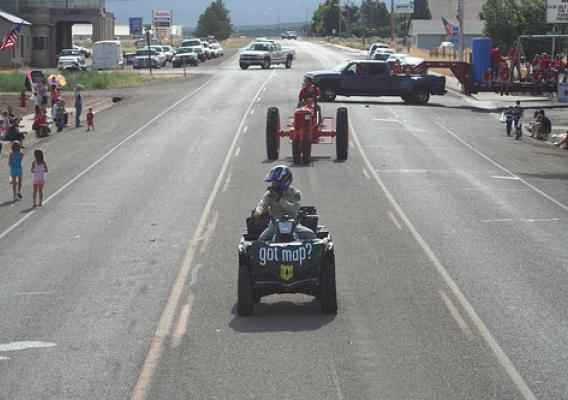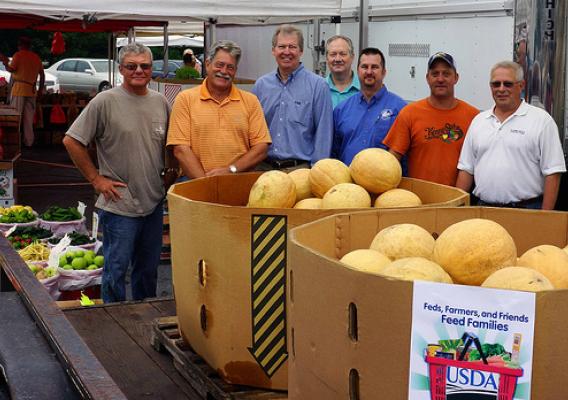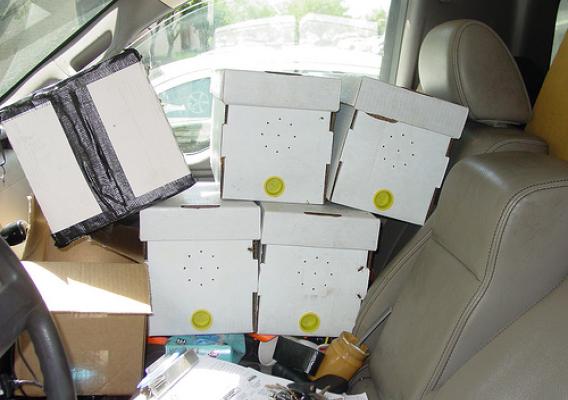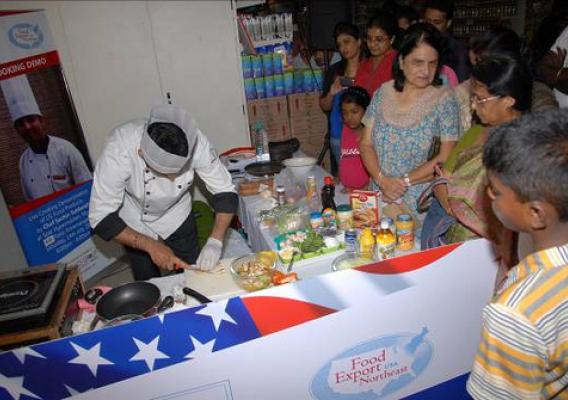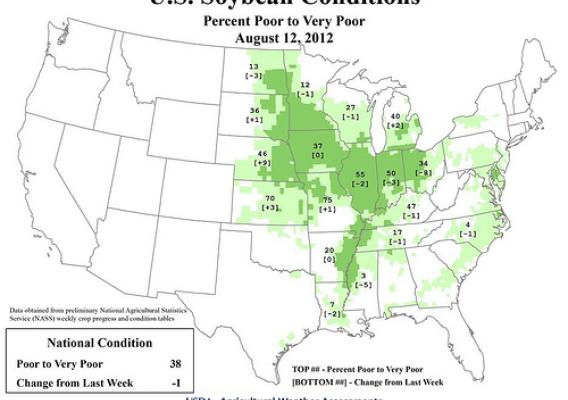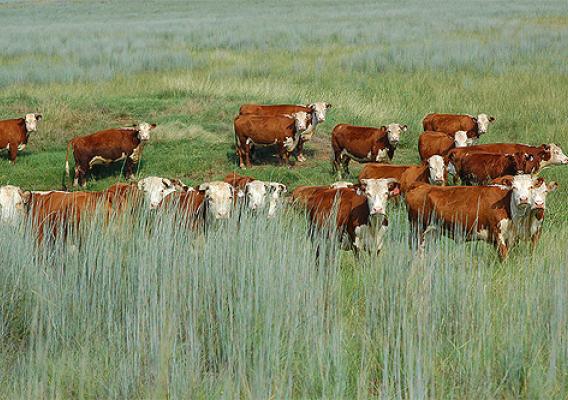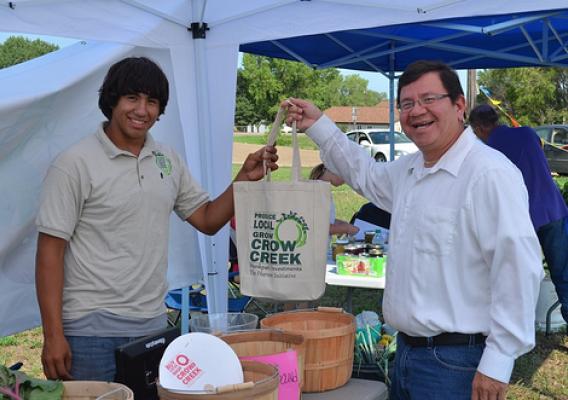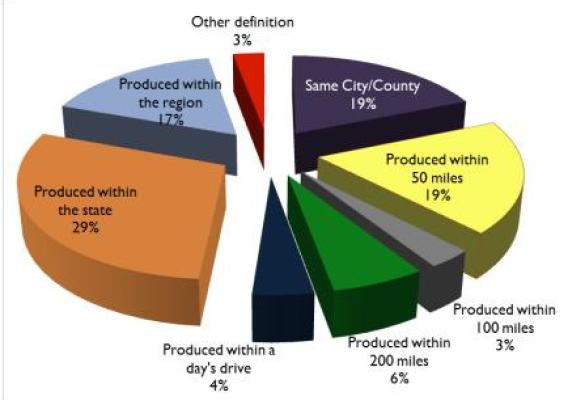When startled by a swarm of flying and buzzing insects, complete with stingers, the common response may be to grab an aerosol can of insecticide; but appreciating the vital importance of honey bees to agriculture and knowing something of various difficulties currently faced by bees, alternative actions are warranted.
Recently my staff noticed a huddled mass of what turned out to be bees in the lot by our office and shop. We looked for a queen but left the swarm alone. It later became apparent the bees had created a home under flashing at the building’s roof line, which seemed an inopportune location both for the bees and my staff.
We encouraged our landlord to consider relocation of the hive and were amazed to watch the process when Charlie Reffitt showed up one May morning. In shorts and T-shirt, he climbed 20 feet up a ladder, with bees swirling around. He inserted a funnel-like device into the hive under the flashing, caulking all other entrances. He secured a cardboard box on the roof, populated with a queen and initial colony.


